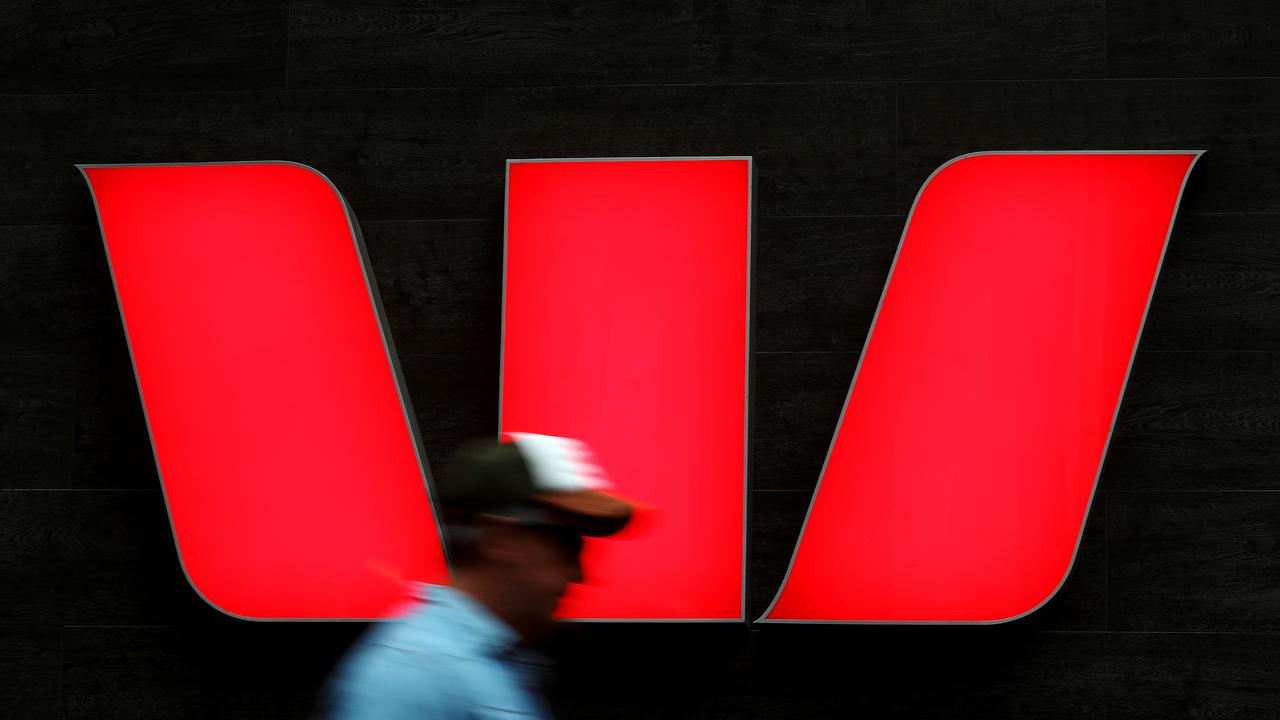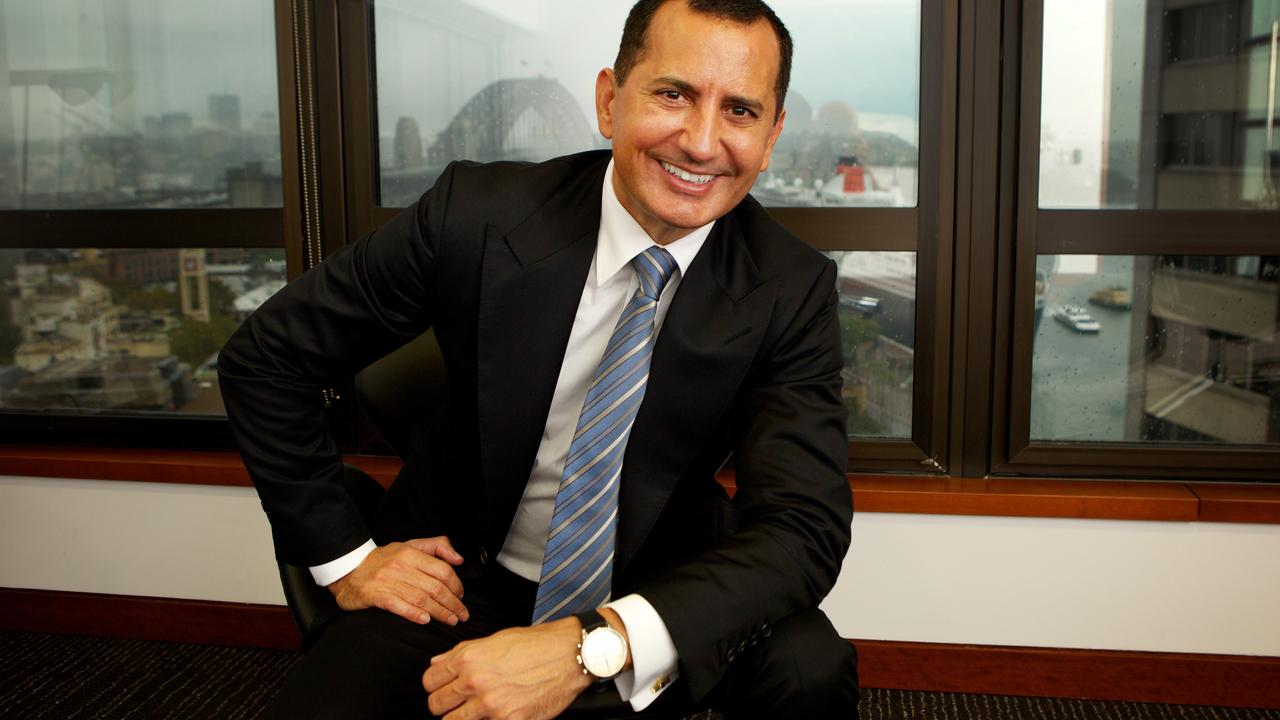P2P lenders warned ‘identify risks’
If a shiver went down the spine of the $1.4bn peer-to-peer lending industry yesterday, it did a masterful job covering it up.
If a shiver went down the spine of the nation’s $1.4 billion peer-to-peer lending industry yesterday, the platforms did a masterful job covering it up.
The Australian Prudential Regulation Authority wrote to all banks saying a growing number of small to medium-sized operators were funding P2P lenders without a credit assessment.
This was concerning considering the banks had no direct recourse to the ultimate borrower and “little or no history of how these loans had historically performed”.
The sting was in the tail of the letter, as it often is with APRA.
“APRA wishes to make it clear that we regard P2P lending as having a high-risk profile and will actively adjust capital requirements if considered necessary,” executive general manager specialised institutions division Mark Adams said.
The P2P lending industry is a relatively small club.
Recently, the industry has been abuzz with rumours that some investors — or funders, including credit unions and mutual banks — have suffered negative returns after “blindly” investing in a platform.
In an environment of intense margin pressure on their mortgage portfolios, some of these institutions have been chasing higher returns in consumer lending by funding the P2P industry. It’s a sensible strategy, provided you do the required due diligence and understand the risks as well as the opportunities.
Stuart Stoyan, founder and chief executive of the P2P platform MoneyPlace, said APRA’s letter was “disappointing”, as groups such as MoneyPlace and its rival Ratesetter had robust credit standards and a history of solid investor returns with low loss rates.
While MoneyPlace was majority-funded by the smaller end of the banking industry, Stoyan said there was no sign of any nervousness.
Ratesetter CEO Daniel Foggo made the counterintuitive argument that the APRA letter was actually good for the industry, because funders knew it was coming and the cloud of uncertainty would now disperse.
Banks, he said, accounted for about 20 per cent of Ratesetter’s funding mix, with the emphasis on secured automotive loans.
“But (the banks) have to choose their platforms very carefully and conduct extensive due diligence,” Foggo said.
“The really important thing about P2P lending is the competition aspect, because there’s been a slight compression in personal lending rates for the first time in about 15 years and we wouldn’t have seen that without the extra competition.”
Adams said in his letter that APRA expected all banks to have an adequate approval process for business initiatives that ensured risks were identified, understood and well-managed.
This was critical because banks often assumed all the risk of default, impairment and write-offs from the loans originated by the third-party lenders. Typically, they were unable to liquidate or cancel the committed funding before the maturity of the loans.
The regulator therefore expected banks to have an approved strategy for P2P lending arrangements and appropriate controls and trigger events for a review.
A comprehensive assessment was needed to understand the risk characteristics of the prospective and actual exposures.
Bank payouts escalate
Provisions by the financial services industry for its fees-for-no-service (FFNS) scandal continue to grind remorselessly towards $2 billion, with an unquantifiable contribution from non-salaried advisers still to come.
About half of $260 million in provisions announced by Westpac, which will hit first-half cash earnings to be announced on May 6, relate to the financial advice business.
Business and consumer banking covers the remainder.
As Westpac noted, the amount makes no allowance for refunds to customers of authorised representatives — the self-employed financial planners and planner groups operating under BT Financial Group’s licences.
However, we’re now starting to get a handle on some ballpark figures. Westpac revealed yesterday that total fees received by authorised representatives from their customers in the decade 2008-18 came to $966m, of which $437m was received by representatives still operating under BT’s licences.
The bank said it had not yet been able to make a reliable estimate of the proportion of fees that might need to be refunded.
For the group’s salaried financial planners, though, the proportion was 28 per cent, excluding interest costs.
Interest increased the fee refunds by about 50 per cent.
If the same proportion were applied to the authorised representatives, the refund bill would come to $270m, or $405m after interest costs. The impact on cash earnings would be $283m.
Total customer remediation provisions for Westpac would then be $942m, including $118m in the 2017 financial year, $281m in 2018, $260m yesterday, and $283m for authorised representatives. Not all of that, of course, relates to FFNS. Westpac expects to provide more information about likely refunds to customers of authorised representatives at its half-year result.
In the meantime, the remediation program for salaried advisers is expected to wind up in the fourth quarter of this year.
Now that this is all out in the open and a reinvigorated ASIC is birching the banks at every opportunity, there is zero incentive for the industry to drag its heels, as the interest clock keeps ticking.
Under the compensation programs so far, AMP, ANZ Bank, Commonwealth Bank, National Australia Bank and Westpac have paid or offered $350m to customers who were charged advice fees for no service at the end of January. Before the circa $130m announced yesterday, the institutions had provisioned more than $800m for further FFNS.
gluyasr@theaustralian.com.au
Twitter: @Gluyasr


